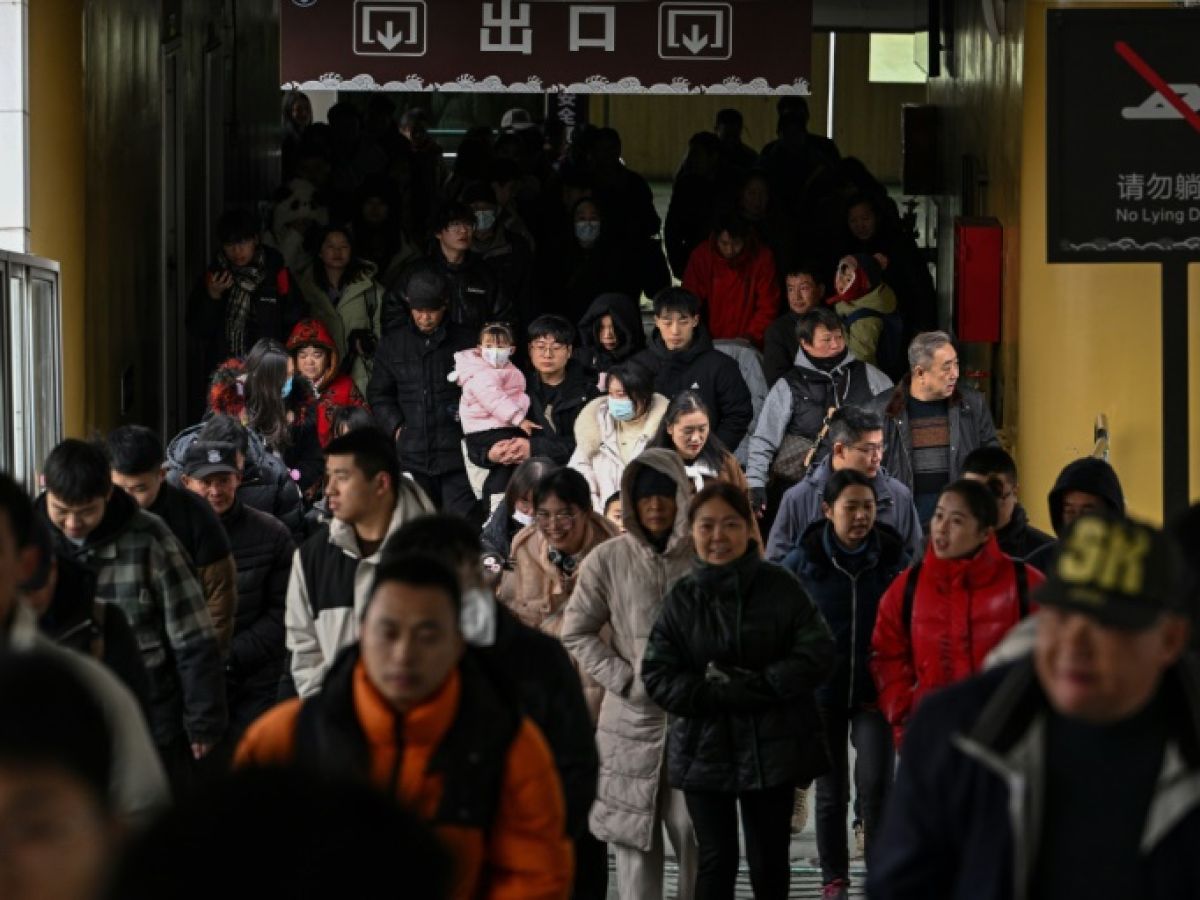Built in 10 days at the start of the pandemic and a symbol of the Chinese anti-Covid mobilization, the prefabricated hospital in Wuhan is now abandoned: five years later, residents and authorities have moved on.
Hidden behind fences, the now-disused Huoshenshan Hospital was built by thousands of workers in this central Chinese metropolis where the virus was first detected.
It was the start of a strict health policy in China of movement control, mandatory quarantines and then testing, which foreshadowed the global upheavals to come.
Today, the city's bustling shopping districts and traffic jams seem light years away from the completely deserted streets and crowded hospitals that were symbolic of the world's first anti-Covid lockdown.
"People are moving on. Those memories are getting blurrier and blurrier," Jack He, a 20-year-old student living in Wuhan, told AFP.

A high school student during the lockdown, he had spent a large part of his school year taking online courses at home.
"We still have the impression that these years were really difficult (...) But a new life has begun," he emphasizes, a few days before the fifth anniversary of the lockdown.
At the site that once housed the Huanan market, where scientists believe the virus may have jumped from animals to humans, a light blue wall has been built to hide the now-disused stalls.
– Journalists followed –
When AFP journalists passed by, workers were installing Chinese New Year decorations on the windows of the second floor of the market, where there are still opticians' shops.
There are no signs to remind us of the importance of the place.
In truth, the city does not really have a place to pay tribute to the victims of the pandemic.

Official commemorations of the lockdown focus on the heroism of doctors and the effectiveness of measures against the epidemic. Despite criticism, often heard internationally, of the authorities' cover-up of the first cases in December 2019.
The old market stalls have been moved to a new area outside the city centre.
But the pandemic remains a sensitive subject. About ten vendors at this “new Huanan market,” as it is called, refuse to talk about it.
However, one stall owner, speaking on condition of anonymity, said that "business is not as good as it used to be."
Another explains that market managers sent surveillance camera footage of AFP journalists to an online discussion group, including vendors, and called on them not to accept their interview requests.
At least one car followed AFP reporters during their stay in Wuhan.
– “Hero” –
One of the few places for public commemoration of the lockdown is next to the former Huoshenshan Hospital: a gas station that also serves as a “COVID-19 epidemic education base.”
One wall displays a timeline of the lockdown, with faded photographs of President Xi Jinping, who visited Wuhan in March 2020.
An employee told AFP that a small building behind the establishment's convenience store used to house another exhibition, but that it now only opens "when the management comes to visit."

The city has, it is true, long since regained the excitement of pre-Covid times.
In the morning, locals flock to the bustling Shanhaiguan Street market, which specializes in breakfasts and noodles and doughnuts.
On the upscale Chuhe Hanjie shopping street, people come to walk their dogs and young people dress in the latest fashions, while others wait to order trendy milk teas.
A 40-year-old resident, Chen Ziyi, believes that the city's fame gained during the pandemic has ultimately had a positive effect, leading to an influx of tourists.
“Everyone is more interested in Wuhan now,” she says. “They say Wuhan is the city of heroes.”
